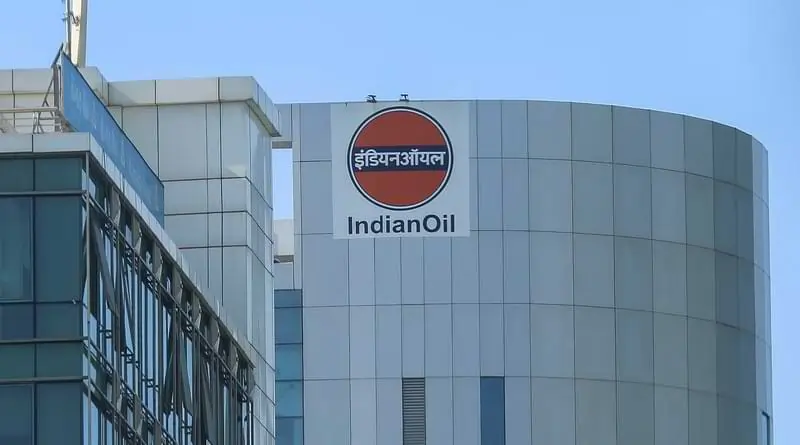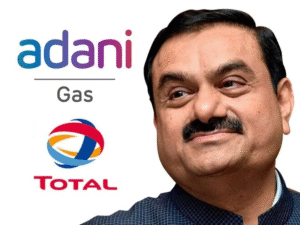1.At a Glance
Oil India Ltd is a ₹69,147 Cr market cap PSU drilling, transporting, and selling hydrocarbons while throwing in a respectable dividend yield of 2.35%. With Maharatna status in its CV since August 2023, it’s basically the oil-and-gas equivalent of a VIP pass. Despite a -36% one-year price drop, the P/E sits at a modest 10.5, making it cheaper than most coffee chains per litre. Net profit TTM? ₹7,070 Cr. ROE at 13.4% and ROCE at 13% suggest it’s more than just government-backed dead weight — this one actually sweats for its paycheck.
2.Introduction
In the world of flashy EV pitches and AI-fuelled IPOs, Oil India is like that seasoned uncle who still runs marathons while younger folks gasp for breath. Born in the swamps of Assam and now sprawled across India’s energy map, it’s a state-backed cash machine that’s quietly extracting, processing, and selling the stuff that still keeps 80% of our economy alive.
Over the past decade, it’s seen revenue climb from ₹9,690 Cr (FY14) to ₹32,321 Cr (TTM) while profit margins stayed in the 30–40% zone — the kind of stability most startups would sacrifice their cap tables for. The past year’s stock price slide isn’t because the oil’s gone; it’s the market’s classic PSU discounting, combined with global crude volatility. Yet, when your EPS is ₹40.34 and dividend payout hovers around 29%, you can afford to ignore short-term noise — and maybe even laugh at it.
3.Business Model (WTF Do They Even Do?)
Oil India is in the upstream oil & gas game. That means they explore, drill, and produce crude oil and natural gas — think treasure hunting, but the treasure is smelly, flammable, and sells for billions. They also produce LPG, transport crude via pipelines, dabble in renewable energy, and offer exploration services to other oil
block operators.
Revenue is split across:
- Crude Oil Production– The crown jewel, both in volume and margins.
- Natural Gas– Growing importance with India’s shift to cleaner fuels.
- LPG Production– For households that still prefer a cylinder to an induction cooktop.
- E&P Services– Outsourcing their expertise to smaller explorers.
And unlike many PSUs, they’ve diversified into renewables — solar and wind projects, just in case the oil party ends early.
4.Financials Overview
Let’s get the P/E right: EPS TTM = ₹40.34 → P/E = 425 ÷ 40.34 ≈ 10.54. Cheap by global energy standards.
FY25 numbers (TTM):
- Revenue: ₹32,321 Cr
- EBITDA: ₹10,017 Cr
- PAT: ₹7,070 Cr
- OPM: 31%
- ROE: 13.4%
- ROCE: 13%
The 3-year profit CAGR is a modest 6%, weighed down by commodity cycles. But the balance sheet is rock-solid with ₹48,141 Cr in reserves. Debt? Manageable at ₹30,645 Cr borrowings. This isn’t a high-growth rocket — it’s a profit-stable oil rig.
5.Valuation – Fair Value Range
| Method | Metric Used | Multiple | Value/Share (₹) |
|---|---|---|---|
| P/E Method | EPS ₹40.34 × 10–12 | 403–484 | |
| EV/EBITDA | EBITDA ₹10,017 Cr × 4–5 | 410–512 | |
| DCF | Cash flows, 4% growth, 12% WACC | 395–455 |




















